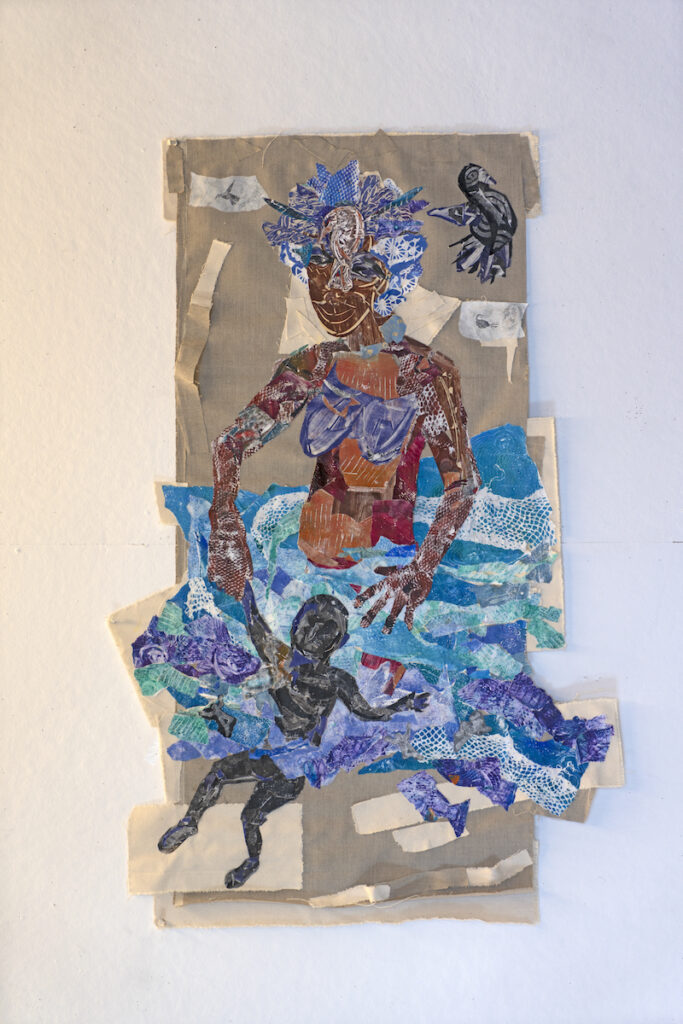Power of Culture Blog
Live Music Takes Flight at Logan
We’re imagining this spirit of performance—of unexpected joy—everywhere across the Commonwealth
Dan Blask, Program Officer
This article was originally posted in ArtSake, Mass Cultural Council’s blog on new work and the creative process, where we periodically pose questions about issues artists face in their work and lives.

Keiko Hiromi, photographer
I do believe that each photo judge or editor has his or her rationale in choosing one work over others and I do respect their judgment and selection process on the whole. However, in addition to technical and visual criteria, I would like to see “cause” to be an integral part of the selection criteria. As a photographer, I usually choose subject matter with the aim to bring awareness to social issues and causes.
While a judge or editor should not be biased toward or against the cause itself, they should judge whether the photograph was executed authentically for that cause. Important issues that are authentically translated into visual space is one of the fundamental ways to connect people via critical dialogues.
Cassandra de Alba, poet
What curators need to understand is that if we are relying on “diversity” initiatives, on actively seeking out “diverse voices,” to arrive at a lineup or a table of contents that is not overwhelmingly white or straight or male or etc., then we are still not truly doing the work. If we are reading widely and listening widely, it’s impossible to end up with a list of poets who all occupy the same slim handful of majority identity categories. There is so much incredible work being made right now, and if our approach to it is, “well, we need a non-white poet at this reading,” that’s a failure of imagination and of taste.
Elizabeth James-Perry, Aquinnah Wampanoag textile, wampum jewelry, and visual artist
I hope they take into account a person’s decades of dedication to an artist discipline.
John J. King, playwright, filmmaker, musician, & artist
Feedback. As a young artist I found (and still do find) many submission processes convoluted and overwhelming. Artists are asked to generate dozens of pages of material to submit – artist statements, proposals, budgets, missions, many of them requiring creation from scratch for each opportunity – and all things that I personally had never heard of before I started submitting! To get nothing but a simple rejection is disheartening and confusing: was it my work? was it my proposal? was it ME?! I absolutely recognize that many organizations are so overwhelmed by submissions that to respond at all can feel impossible. But even simple, boilerplate feedback about a certain aspect of the application can be very beneficial. I once applied for a residency, and received a rejection with a small box checked: “Proposal lacks details.” I submitted a new project to the same residency the next year and – remembering that feedback – worked hard to flesh out the details of how I would use my time at the residency. On my second application, I got it. Feedback is essential for any artist to develop their work; but it’s also essential for developing the business side of their career.
Johnetta Tinker, visual artist
My insightful mentors told me that there is definitely something systematically wrong with a decision making meeting that does not include a diverse group of people who have the same interest.
Diversity involves people from different social and economic backgrounds (i.e. ethnicity, race, age, gender, etc.) therefore judges, panelists, and decision makers should be included in order to render fair and unbiased decisions. This is not to say that diversity has not happened but, let us be clear that one or two diverse people in a meeting of ten or more is only a symbolic gesture.
Most certainly, diversity will lead to a variety of opinions that may challenge the status quo. However, should not different voices and perspectives be heard when deciding grant and fellowship awardees? Otherwise, how will the unrepresented, unfamiliar, unrelatable be seen, acknowledged and not overlooked?
Let us be mindful that a diverse panel of judges can put the fingerprint on identifying a deserving, unique selection of talented individuals.
It is not hard to find a diverse group of well-informed, knowledgeable professionals, working in the field with varied degrees and disciplines. They have arrived and at our fingertips. Otherwise, what excuses do we have?